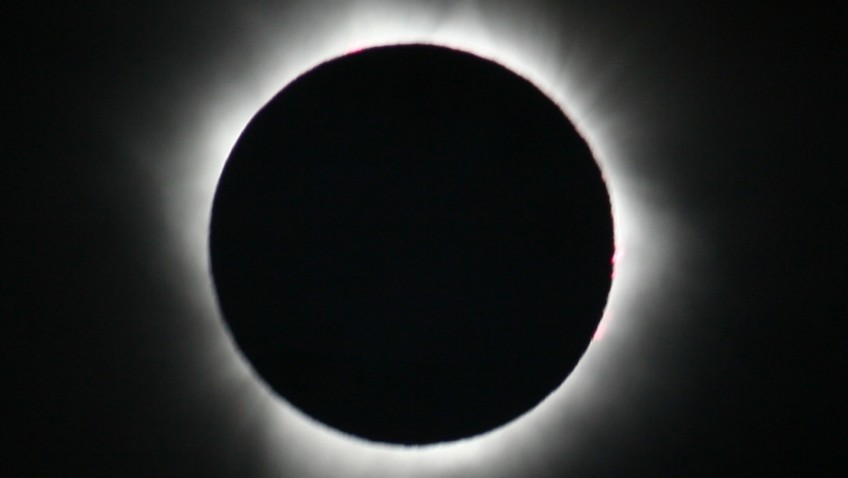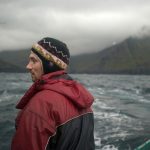On Friday 20th March 2015, a total solar eclipse will occur across the far Northern regions of Europe and the Artic. The longest duration of totality for this eclipse will be 2 minutes and 46 seconds as viewed off the coast of the Faroe Islands.
This will mark the last total solar eclipse in Europe for over a decade.
A total solar eclipse is the rarest of the three solar eclipse types mentioned. In order for this event to happen, the Moon must be at new phase and not be near apogee in its orbit around the Earth.
Much like the annual eclipse, only a select few will be able to witness the event in a narrow corridor which stretches across the Earth from west to east. Most areas of the Earth will be located outside of this ‘path of totality’. However, a much larger area of Earth will be able to see the partial phase of the eclipse.
It goes without saying that extreme caution should be taken when attempting to look at the sun. Never under any circumstances look directly at the sun without the appropriate protective eyewear.
Eclipse shades will no doubt become a popular choice when viewing the partial eclipse. These are safe as long as they are used properly. Be sure to look away from the direction of the sun before putting eclipse shades on or taking them off. Take care of them and check for any scratch marks or holes. Any damage to the protective film will render them useless against the sun’s damaging rays.
Even the slightest amount of sunlight escaping through the film could damage your eyes. Remember, your eyes do not have nerves capable of warning you of any damage being done to your retina.
This is going to be a bizarre eclipse. Not only does this eclipse begin just 15 hours prior to the March equinox marking the beginning of astronomical spring in the northern hemisphere, but the shadow of totality also beats path through the high Arctic and ends over the North Pole.
Already, umbraphiles — those who chase eclipses — are converging on the two small tracts of terra firma where the umbra of the Moon makes landfall: the Faroe and Svalbard islands. All of Europe, the northern swath of the African continent, north-central Asia and the Middle East will see a partial solar eclipse, and the eclipse will be deeper percentage-wise the farther north you are .
This is also a rare total solar eclipse on the vernal equinox. The last total solar eclipse on the March equinox occurred back in 1662 on March 20th. There was also a hybrid eclipse — an eclipse which was annular along a portion of the track, and total along another — on March 20th, 1681. But you won’t have to wait that long for the next, as another eclipse falls on the northward equinox on March 20th, 2034.
On March 20 – same date as the 2015 March equinox – the moon turns new only 14 hours after reaching lunar perigee – moon’s closest point to Earth in its orbit. This moon is a supermoon – at the new phase – not visible in our sky, but having a larger-than-average effect on Earth’s oceans.
Plus this new supermoon swings right in front of the equinox sun on March 20, so that the moon’s shadow falls on parts of Earth.
If you want to know exactly when, weather permitting, of course, the eclipse will be visible in your area, you can find more information here.




